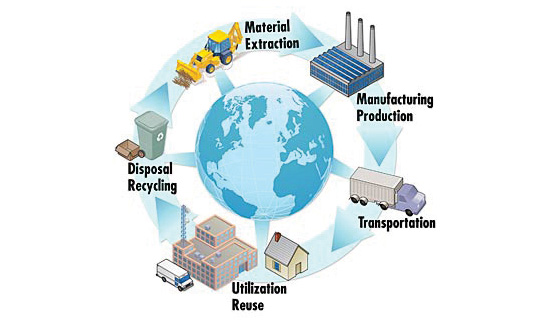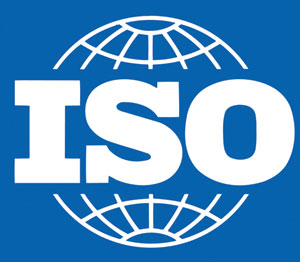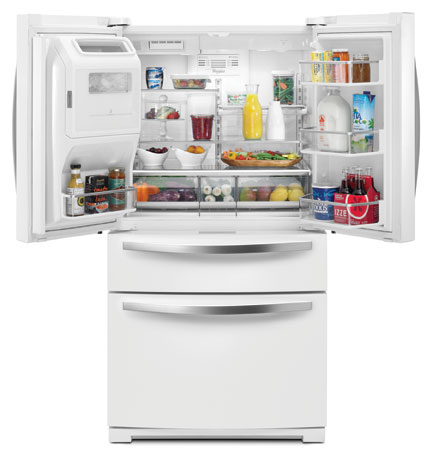Life-Cycle Assessments for Appliances
After installation of the products when the building is placed into service, the products live out their use phase, using fossil fuels and water to perform their functions in the case of household appliances. Finally, at the end of the useful service life of either the building or the product, then the end-of-life (so-called “grave”) phase emerges where decisions about disposing, recycling, or re-using are made. Some LCAs are more focused and are developed with a specific goal and purpose. Some examples include a cradle-to-gate analysis, which is concerned about the things that a manufacturer has direct control over. Other examples include an economic input-output analysis, social LCAs, and comparative LCAs. Overall, the idea behind any LCA is to analyze the selected product holistically, as opposed to looking at only parts of the product and their environmental impacts.

Image courtesy of Whirlpool Corporation
A life-cycle assessment (LCA) takes into account all aspects of a product, beginning with raw materials all through to the end of its service life.
Previously, the evaluation of environmental impacts over the life of a product relied purely upon manufacturer claims. Now, however, independently conducted life-cycle assessments based on established standards have emerged as important tools for comparing environmental attributes between similar products. This has come about through the development of several fundamental standards and guidelines, which are basic to an understanding of the LCA process including the following:
International Standards

Image courtesy of Whirlpool Corporation
The International Organization for Standardization (ISO) has developed very detailed protocols for a life-cycle assessment and environmental product declarations.
The International Organization for Standardization (ISO) (www.iso.org) has become recognized around the world for establishing standards for a variety of different industries and methodologies including the development of LCA standards and rules. Since the founding of the ISO in 1947, they have published more than 19,500 International Standards covering almost all aspects of technology and business. This organization, while an independent body, is actually a network of national standards organizations from many countries. In the U.S., the American National Standards Institute (ANSI) is the member body that participates in and contributes to the standards that are promulgated under ISO. A process of global consensus is employed for these voluntary standards with the intentions of creating industry standard specifications for products and services, helping to make industries more efficient and effective, helping to promote consistency between different regions, and breaking down barriers to international trade.
The published standards in the ISO 14000 series address a broad range of environmental management. Specifically, the document ISO 14044 details the requirements and guidelines for conducting an LCA. Other related ISO standards and publications address LCA principles and framework (ISO 14040), data documentation format (ISO/TS 14048), and illustrative examples (ISO/TR 14047, 14049). They are all based on the premise that “a compliant LCA addresses the environmental aspects and potential environmental impacts (e.g. use of resources and the environmental consequences of releases) throughout a product's life cycle from raw material acquisition through production, use, end-of-life treatment, recycling, and final disposal (i.e. cradle-to-grave).” They also go on to identify four phases in a standardized LCA study:
a) the goal and scope definition phase including identification of those things to be specifically included
b) the inventory analysis phase also called a life-cycle inventory (LCI)
c) the impact assessment phase looking at the actual or calculated impacts
d) the interpretation phase pulling it all together.
Altogether, these documents provide the ISO requirements and provide detailed guidelines for conducting an objective life-cycle assessment. In much the same way that building products are tested by independent laboratories for any range of other characteristics, an ISO-compliant LCA can be conducted by an independent third party following the requirements of the standard, thus ensuring that accepted methodologies were used to perform the LCA and that the results should be consistent with LCAs that follow the same methodologies.










